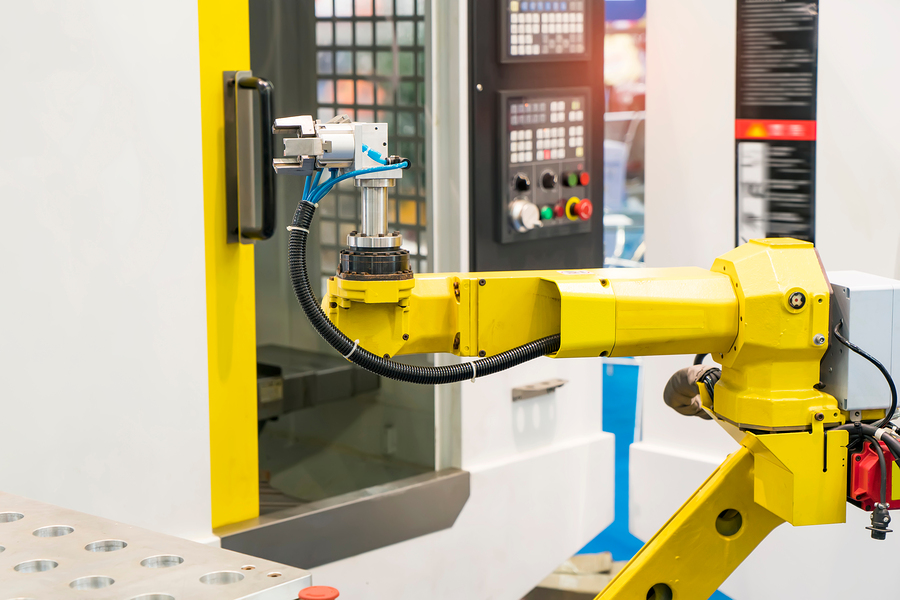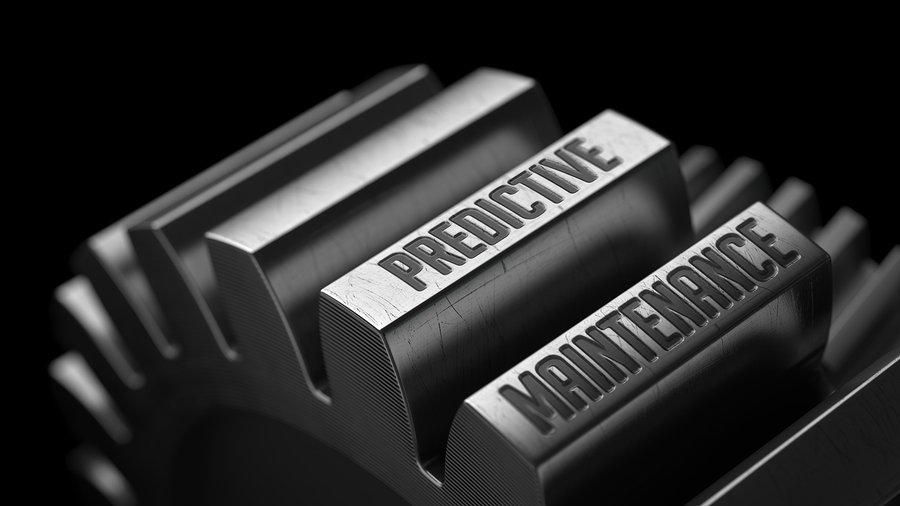In a recent article for Network World, contributor Fredric Paul called predictive maintenance the “gateway drug” to the industrial internet of things (IIoT). His thesis is simple: Factories need to start digitizing, but they’re not sure where to begin. Predictive maintenance is a concept that’s easy to understand, valuable to operations, and relatively easy to implement. It’s the perfect starting point and a natural foray into IIoT.
Cost barrier to entry
One of the largest obstacles for manufacturers as they peer over the garden wall of IIoT is cost. Integrated systems, intelligent software, and the IT professionals who run these assets aren’t affordable for all companies. The cost of implementing many IIoT systems is enough to deter manufacturers who aren’t sure how to profit from doing so.
This is where predictive maintenance comes in. Concepts such as less downtime, increased machine longevity, and more efficient production are universally understood and easily linked to cost-savings. Because manufacturers understand this, they see the benefit of IIoT systems that promote predictive and enhanced maintenance. Thus, they’re more willing to invest in systems with returns they can visualize.
To compound this concept further, predictive maintenance also offers the concept of scale. Rather than sweeping upgrades to legacy systems, manufacturers can install predictive maintenance systems incrementally, allowing them to control their costs as they get their feet wet in IIoT.
Preparation for more complicated concepts
Introducing the benefits of IIoT through predictive maintenance also offers exposure benefits. As manufacturing executives begin to see the positives of predictive maintenance and understand how to facilitate it — smart devices, data aggregation, etc. — they’ll be more apt to understand and consider more pivotal IIoT integrations. In this way, predictive maintenance technologies are a gateway drug in the purest metaphorical sense.

Building an architecture
Adoption of predictive maintenance technologies goes far beyond IIoT exposure. It also sets the stage for the fundamental integration of bigger systems in the future. With this new technology comes more benefits, including:
- An action plan for integration
- Formal training on new IT systems
- Hiring of knowledgeable IT professionals
- Processes and protocols for capturing and using IIoT data
- Budgeting and cost analysis for integrated tech
- Establishment of data security protocols
Installing predictive maintenance devices and systems paves the way for future integrations, easing the burden of adoption and mitigating risks or complications.
Doing the most good
One final point of affirmation for Paul’s theory is the immense amount of opportunity for predictive maintenance systems in traditional manufacturing settings. From an investment standpoint, predictive maintenance will generate great return on investment almost immediately because its impact is material. Fewer breakdowns, better maintenance scheduling, smarter inventory management, and more all have cost-savings attached to them.
IIoT is still reminiscent of the Wild West in many ways. However, just because we’re still developing many concepts and many variables are still at play doesn’t mean there aren’t smart entry points into the ecosystem. Predictive maintenance is more than just a good starting point — it’s a gateway to bigger and better things.
